thebagpipes indeed. to be honest, i don't really enjoy their sound, but when you've taken it upon yourself to go to Scotland, you've got to be prepared to hear them at least once. fortunately for me, it was only once, and early on in the trip. i had been to Edinburgh a couple of times before this flying visit, but Jill would have felt cheated of the "whole experience" of Britain if we hadn't made it north of Hadrian's Wall, and probably would have felt more so if we hadn't heard a piper while there.
the lone bagpiper in all his noisy glory; and below, Jill gets to sate her desire for the authentic Scottish experience.

this guy was set up playing just down the street from the impressive Edinburgh Castle, which plays host to the very famous Edinburgh Military Tattoo, a festival involving quite spectacular displays from several military display bands that is held almost throughout the month of August. to give an idea of how big a deal this is, the parking lot was already well on its way to readiness for the shows when we were there in mid April, and furthermore, the tattoo is thought to be among the reasons Edinburgh has become the second most visited city in the UK after London. i saw the show, along with the castle, as a youngster, but this time we didn't even bother with the castle because the tickets were a scandalous £11 (about $22) each.

the entrance to Edinburgh Castle, which is about as close as we got, due to the shockingly high price of admission; and below, some shots of St Giles' Cathedral, or the High Kirk of Scotland, clockwise from top left: the outside, showing the distinctive hollow-crown tower; the memorial to James Graham, the Marquess of Montrose; the light from the high windows bathes the cathedral interior; and the stunningly intricate ceiling of the Thistle Chapel.

after avoiding that attempted fleecing, we began to make our way down the most famous of Edinburgh streets, the Royal Mile. this is the thoroughfare between the castle and Holyrood Abbey , and is actually a Scottish mile in length, this being equivalent to 1.1 Imperial miles. though many claim the street is actually named High Street, it does in fact have six different names at various points along its length. in any case, one of the most striking of the several landmarks along the Mile is St Giles' Cathedral, or the High Kirk (church) of Scotland, which has served its nation's capital for over 900 years and is dedicated to the patron Saint of cripples and lepers. with its crowned tower and intimate chapels it is another major tourist attraction, as well as being a fully operational parish church, and more besides: the Thistle Chapel, completed in the early 20th century, houses The Most Ancient and Most Noble Order of the Thistle (Scotland's highest chivalric order) and is fitted all over with ornately carved wood fixtures and throne-like chairs for the monarch and the 16 knights of the order. an impressive room in an impressive building.

the Scott Monument, erected in the Princes Street Gardens in 1844 to Sir Walter Scott, poet and author of Ivanhoe and Rob Roy, among others.
Edinburgh is home to many impressive buildings; indeed, the Wikipedia article on the city declares that "because of its rugged setting and vast collection of Medieval and Georgian architecture including numerous stone tenements, it is one of the most dramatic cities in Europe." dramatic it may be, but it is almost certainly also drab, as the above picture, of the Scott Monument indicates. for some reason, most of the buildings in Edinburgh's vast collection are similarly caked in dark grime, which gives a slightly gloomy feel despite the architecture's noteworthiness. though there's still filth, a slightly lighter feel can be found up on Calton Hill, which is the home of both Scotland's devolved government and a host of quite whimsical monuments. they all have their dedications, but why they're so concentrated in this one spot i don't know.

i am standing in front of what David Hume, possibly Britain's greatest philosopher, got when he asked for a "simple Roman tomb" for his remains, which rather enormous structure stands unabashedly atop a hill in Calton Cemetary. below, a few of the monuments and other decorations on Calton Hill, including the National Monument to those who died in the Napoleonic Wars, seen in self and shadow in the two bottom pictures.

one thing Edinburgh has going for it, if not cleanliness, is a pretty extensive list of names and nicknames, among which is the potentially misleading "Auld Reekie". i've been to smelly cities, and i didn't think this was one of them, and indeed Auld Reekie means "Old Smoky", not "Old Stinky". in days of yore the only fuels available in town were wood and coal, so chimneys would belch out thick columns of smoke, so hence the name. hence also, i assume, much of the grit and grime that still covers the city's structures. still, some people are making the best of it, trading on this nickname to pitch their businesses, like the one we patronized that focused not so much on the grimy as the ghoulish. as a bit of a fright fan, Jill wanted to go on one of the several "haunted underground" tours that are offered, and we ended up choosing the one run by Auld Reekie's. in the late 18th century, the long 19-arch South Bridge was built to link old town to new, with 18 of the arches being enclosed to provide space for commercial enterprises. unfortunately, the vaults thus created were never properly sealed and quickly began to leak, which led to their abandonment by legitimate businesses. illicit activities took over what quickly became Edinburgh's slum, and the dispossessed of the city moved into their new free housing in huge numbers. because conditions down there were so awful, the police would never enter and so rapists and murderers would escape there and then continue their vices with no fear of reprisal. it is believed that Burke and Hare, infamous serial killers who sold corpses to medical schools in the late 1820s, hunted for victims in the South Bridge Vaults.

the sign promoting the underground vault tour we went on, run by an outfit calling themselves Auld Reekie's. below, one of the rooms under the South Street Bridge said to be haunted by the angry spirits of previous inhabitants who had suffered death in various unpleasant ways.

little wonder then that spiritualists and paranormalists, as well as entrepreneurs catering to the amateur ghostbuster have seized upon and exploited the vaults since their rediscovery in 1988. there are numerous spirits said still to frequent the vaults (though some are known to be of the liquor type stored by neighboring pubs) and the area has played host to a number of TV specials and all kinds of studies. the picture above is of one of the supposedly haunted (albeit less than some other) rooms in the complex, but we were assured that ghosts such as the South Bridge Poltergeist were often captured on film, most often appearing as an orb of light. well, though i did get the chills, we saw no orbs, nor did we feel anything like a cold hand on the back of our necks that others had reported feeling. but one of the studies conducted in the vaults did find that generally speaking, the people who experienced what may be termed paranormal phenomena were the people who expected that they would. in other words, what you believe dictates what you get, so while maybe i don't believe in angry spirits hanging out under Edinburgh, i did have a good time, which is certainly something i believe in, even in the land of bagpipes.
the lone bagpiper in all his noisy glory; and below, Jill gets to sate her desire for the authentic Scottish experience.

this guy was set up playing just down the street from the impressive Edinburgh Castle, which plays host to the very famous Edinburgh Military Tattoo, a festival involving quite spectacular displays from several military display bands that is held almost throughout the month of August. to give an idea of how big a deal this is, the parking lot was already well on its way to readiness for the shows when we were there in mid April, and furthermore, the tattoo is thought to be among the reasons Edinburgh has become the second most visited city in the UK after London. i saw the show, along with the castle, as a youngster, but this time we didn't even bother with the castle because the tickets were a scandalous £11 (about $22) each.

the entrance to Edinburgh Castle, which is about as close as we got, due to the shockingly high price of admission; and below, some shots of St Giles' Cathedral, or the High Kirk of Scotland, clockwise from top left: the outside, showing the distinctive hollow-crown tower; the memorial to James Graham, the Marquess of Montrose; the light from the high windows bathes the cathedral interior; and the stunningly intricate ceiling of the Thistle Chapel.

after avoiding that attempted fleecing, we began to make our way down the most famous of Edinburgh streets, the Royal Mile. this is the thoroughfare between the castle and Holyrood Abbey , and is actually a Scottish mile in length, this being equivalent to 1.1 Imperial miles. though many claim the street is actually named High Street, it does in fact have six different names at various points along its length. in any case, one of the most striking of the several landmarks along the Mile is St Giles' Cathedral, or the High Kirk (church) of Scotland, which has served its nation's capital for over 900 years and is dedicated to the patron Saint of cripples and lepers. with its crowned tower and intimate chapels it is another major tourist attraction, as well as being a fully operational parish church, and more besides: the Thistle Chapel, completed in the early 20th century, houses The Most Ancient and Most Noble Order of the Thistle (Scotland's highest chivalric order) and is fitted all over with ornately carved wood fixtures and throne-like chairs for the monarch and the 16 knights of the order. an impressive room in an impressive building.

the Scott Monument, erected in the Princes Street Gardens in 1844 to Sir Walter Scott, poet and author of Ivanhoe and Rob Roy, among others.
Edinburgh is home to many impressive buildings; indeed, the Wikipedia article on the city declares that "because of its rugged setting and vast collection of Medieval and Georgian architecture including numerous stone tenements, it is one of the most dramatic cities in Europe." dramatic it may be, but it is almost certainly also drab, as the above picture, of the Scott Monument indicates. for some reason, most of the buildings in Edinburgh's vast collection are similarly caked in dark grime, which gives a slightly gloomy feel despite the architecture's noteworthiness. though there's still filth, a slightly lighter feel can be found up on Calton Hill, which is the home of both Scotland's devolved government and a host of quite whimsical monuments. they all have their dedications, but why they're so concentrated in this one spot i don't know.

i am standing in front of what David Hume, possibly Britain's greatest philosopher, got when he asked for a "simple Roman tomb" for his remains, which rather enormous structure stands unabashedly atop a hill in Calton Cemetary. below, a few of the monuments and other decorations on Calton Hill, including the National Monument to those who died in the Napoleonic Wars, seen in self and shadow in the two bottom pictures.

one thing Edinburgh has going for it, if not cleanliness, is a pretty extensive list of names and nicknames, among which is the potentially misleading "Auld Reekie". i've been to smelly cities, and i didn't think this was one of them, and indeed Auld Reekie means "Old Smoky", not "Old Stinky". in days of yore the only fuels available in town were wood and coal, so chimneys would belch out thick columns of smoke, so hence the name. hence also, i assume, much of the grit and grime that still covers the city's structures. still, some people are making the best of it, trading on this nickname to pitch their businesses, like the one we patronized that focused not so much on the grimy as the ghoulish. as a bit of a fright fan, Jill wanted to go on one of the several "haunted underground" tours that are offered, and we ended up choosing the one run by Auld Reekie's. in the late 18th century, the long 19-arch South Bridge was built to link old town to new, with 18 of the arches being enclosed to provide space for commercial enterprises. unfortunately, the vaults thus created were never properly sealed and quickly began to leak, which led to their abandonment by legitimate businesses. illicit activities took over what quickly became Edinburgh's slum, and the dispossessed of the city moved into their new free housing in huge numbers. because conditions down there were so awful, the police would never enter and so rapists and murderers would escape there and then continue their vices with no fear of reprisal. it is believed that Burke and Hare, infamous serial killers who sold corpses to medical schools in the late 1820s, hunted for victims in the South Bridge Vaults.

the sign promoting the underground vault tour we went on, run by an outfit calling themselves Auld Reekie's. below, one of the rooms under the South Street Bridge said to be haunted by the angry spirits of previous inhabitants who had suffered death in various unpleasant ways.

little wonder then that spiritualists and paranormalists, as well as entrepreneurs catering to the amateur ghostbuster have seized upon and exploited the vaults since their rediscovery in 1988. there are numerous spirits said still to frequent the vaults (though some are known to be of the liquor type stored by neighboring pubs) and the area has played host to a number of TV specials and all kinds of studies. the picture above is of one of the supposedly haunted (albeit less than some other) rooms in the complex, but we were assured that ghosts such as the South Bridge Poltergeist were often captured on film, most often appearing as an orb of light. well, though i did get the chills, we saw no orbs, nor did we feel anything like a cold hand on the back of our necks that others had reported feeling. but one of the studies conducted in the vaults did find that generally speaking, the people who experienced what may be termed paranormal phenomena were the people who expected that they would. in other words, what you believe dictates what you get, so while maybe i don't believe in angry spirits hanging out under Edinburgh, i did have a good time, which is certainly something i believe in, even in the land of bagpipes.





































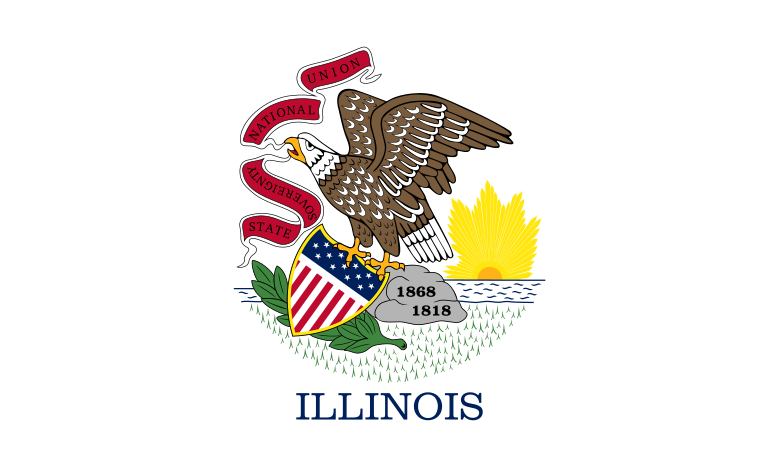




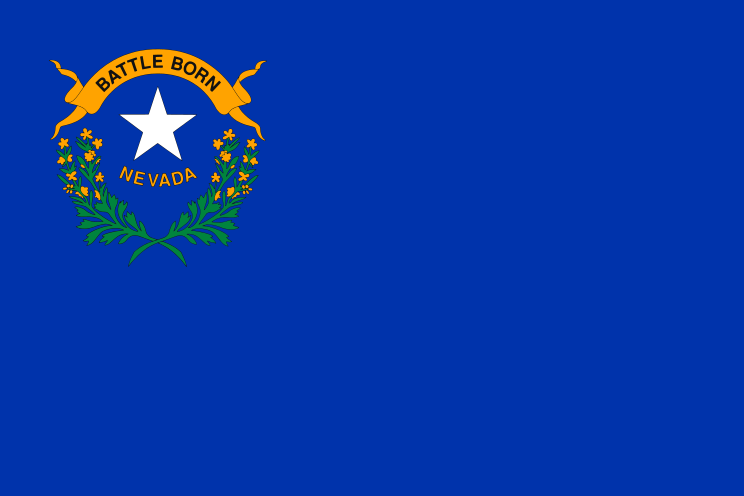




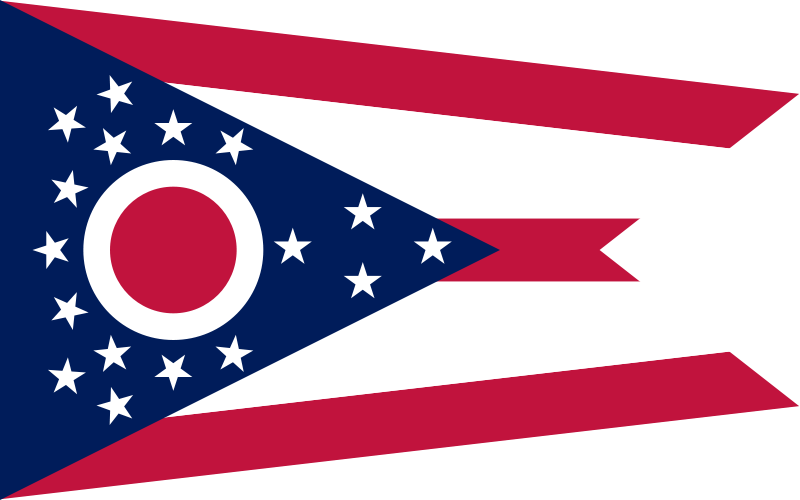

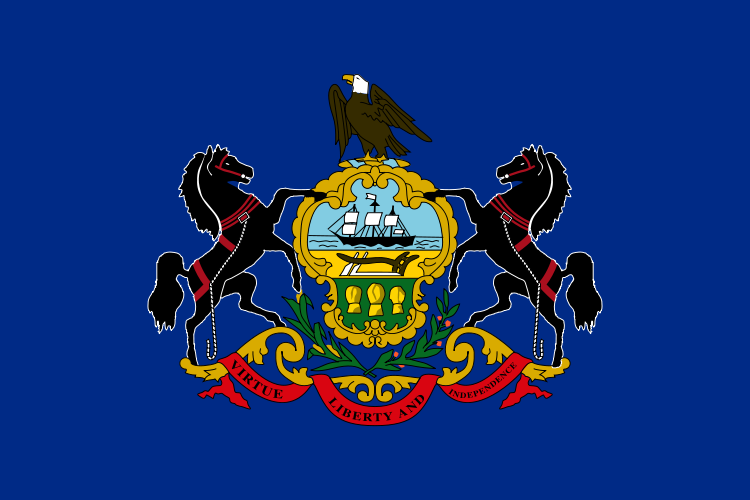





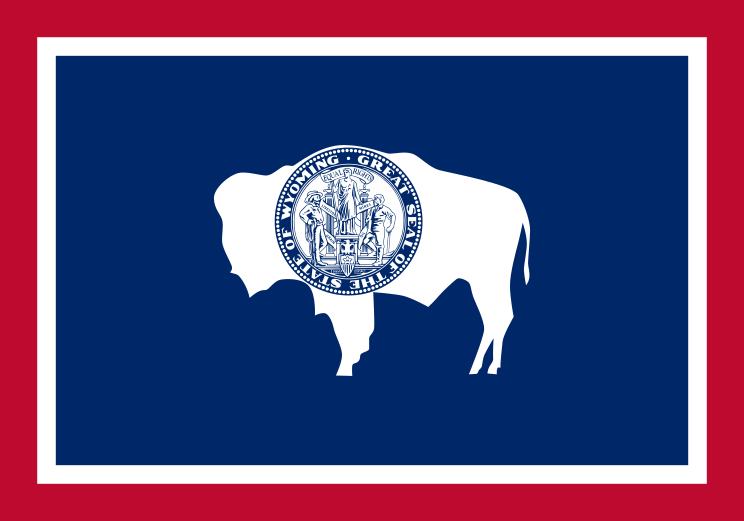
No comments:
Post a Comment